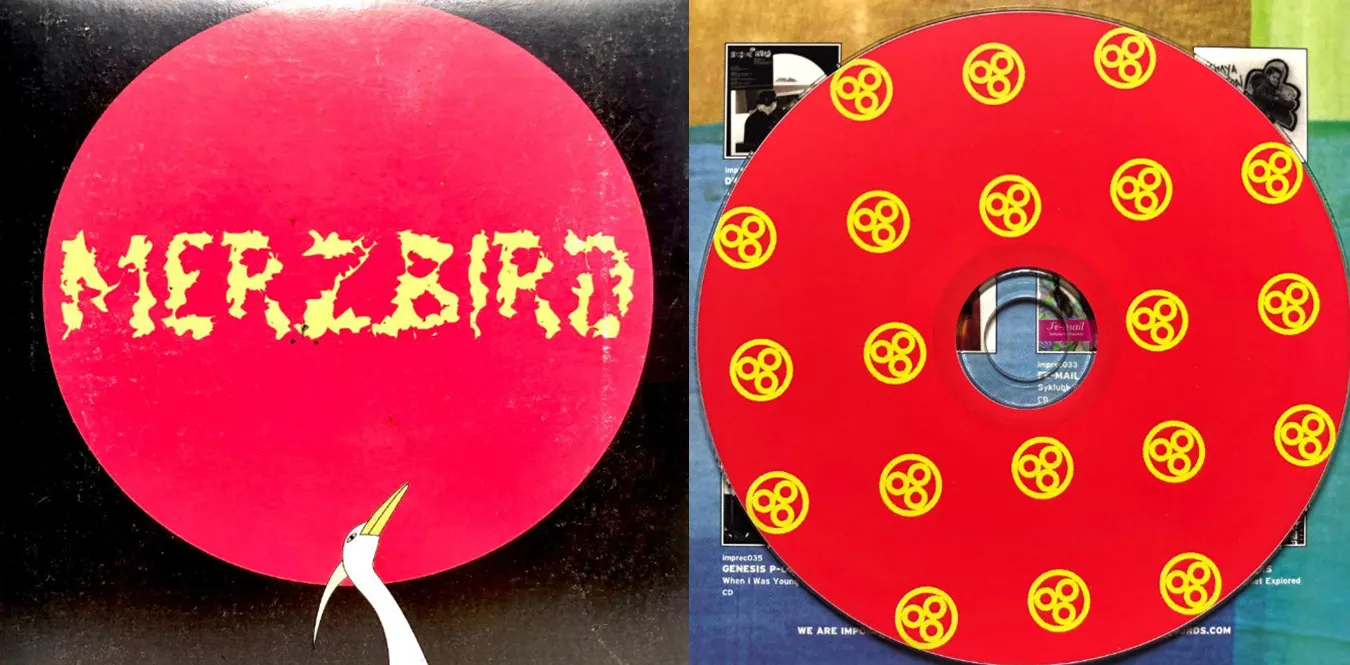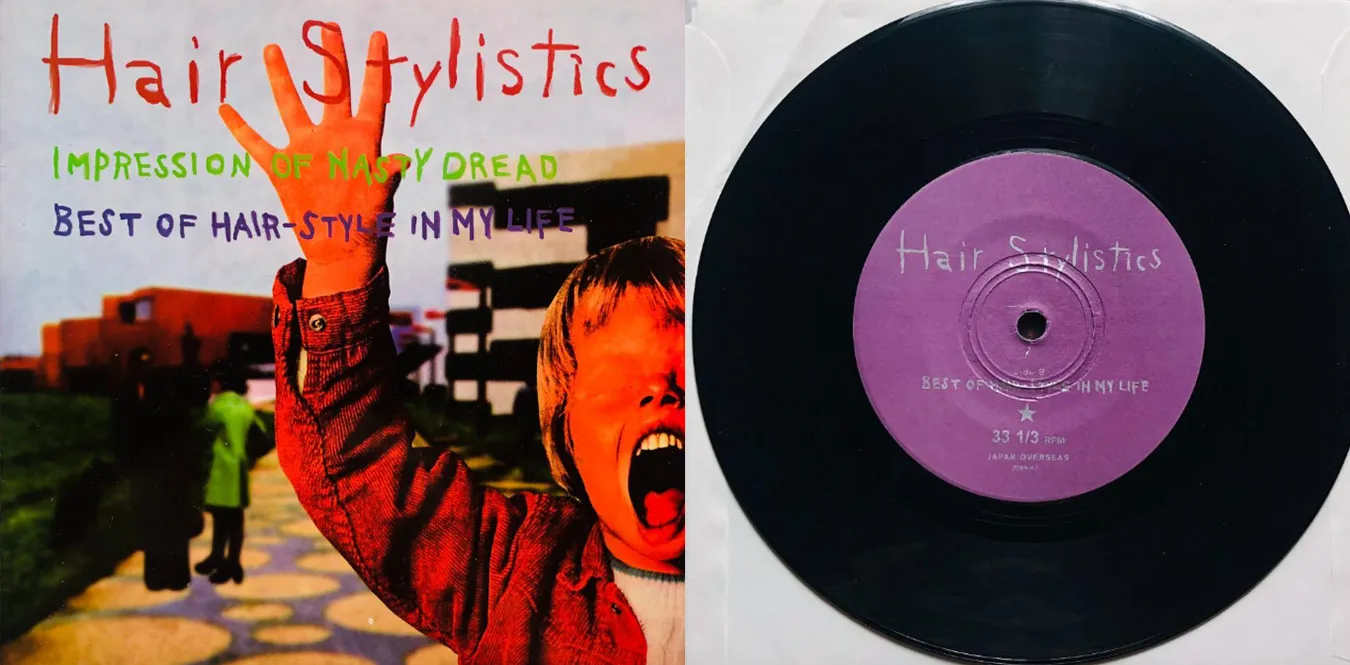![[Column] Glitch: When noise turns into beauty](/../assets/images/column-glitch.webp)
The pleasure of error
Text: mmr|Theme: The moment when error turns into beauty. Glitch culture, born from digital fraying, reflects the “broken aesthetic” of the 21st century. A feature-length cultural theory about music, images, and fragments of society.
A quiet computer screen late at night. The image that is being rendered suddenly breaks into pieces and pixels go out of control. Suddenly, in that ““broken moment,’’ I find myself feeling beautiful. That was the beginning of Glitch.
In the past, “error” was something that should be eliminated. But now, errors have become “expressions.” In the small flaws that occur within a perfect system, we find something nostalgic about our humanity. Glitch is the aesthetic language of the 21st century, a poem born at the moment when technology reveals its limitations.
Sound of Glitch: The day noise became music
In the early 1990s, Germany’s Oval intentionally scratched the surface of a CD and recorded the moment when the player could no longer read it. That irregular clicking sound, intermittent rhythm due to missing data. Although it was a “sound of error,” it was strangely organic and somehow warm.
Around the same time, Ryoji Ikeda and Alva Noto used DSP processing to hone sine waves and noise particles to the limit. Programming environments such as Max/MSP and SuperCollider actively introduce accidental bugs and randomness into music. This trend blossomed in the early 2000s as the Clicks & Cuts movement, reinventing the aesthetics of electronic music.
Glitch was a technique for converting the ““coincidence fluctuations’’ produced by digital devices into poetic rhythms. The fact that the sound “breaks” is no longer a failure. It is the emergence of a new order.
Glitch Visuals: The moment a pixel breaks
Glitch has also been quietly gaining popularity in the world of film. A technique called datamosh intentionally destroys the compressed data of a video, creating a strange sequence of frames that seem to blend together. Lost pixels change shape like fluid, blurring the boundaries between reality and unreality.
As media artist Rosa Menkman writes in ““The Glitch Moment(um)’’:
“Glitch is an aesthetic that exposes the invisible structures of media.”
For her, an error is not just a breakdown, but a momentary “self-disclosure” in which a system reveals itself. We are used to seeing perfect images. That’s why the unstable beauty created by JPEG corruption and signal noise feels somehow human.
Glitch has also permeated fashion and advertising. The method of incorporating the disordered pixels into the design took the street culture by storm in the late 2010s as “broken design.” We are finally able to enjoy the fact that it is not perfect, and that even digital has “noise”.
Glitch as philosophy
So why are we attracted to “broken things”? Philosophically speaking, it is a yearning for the uncontrollable.
Heidegger called the essence of technology the “disclosure of being.” Glitch is exactly the moment when technology reveals its own “limitations” - in other words, the world rips apart. People find beauty in the “different order” that peeks through the gaps.
Glitch is also an aesthetic of generativity. Unexpected coincidences intervene in an algorithm that operates under complete control. Humans find life-like reality in this “uncertainty.”
A landscape that can only be seen by losing control. This is where modern creativity resides.
Glitch in Society: Noise running through social systems
Glitch isn’t just about art. It is also a metaphor that reflects the very structure of society.
“Bug-like phenomena” caused by SNS algorithms—sudden spread of information, flare-ups, and misrecognition. “Hallucination” generated by AI—a world where reality and fiction intermingle. These are all structural glitches of digital society.
The emergence of NFT art is also a noise that has changed the concept of “ownership” in the age of digital reproduction. Although data should be able to be copied infinitely, it redefines scarcity as a “one-of-a-kind item.” Contradictions continue to exist as contradictions—that’s what Glitch is all about.
Society will become increasingly “optimized.” However, the optimized world is somehow stifling. That’s why we feel a sense of freedom in unintentional bugs and noises.
Acceptance and variation of Glitch culture in Japan
Glitch’s reception in Japan was accompanied by a unique sensibility. Glitch pop developed by Seiho and Tatsuro Kojima in club culture. It was an attempt to incorporate noise into the structure of pop. On the other hand, media artists such as Daito Manabe and evala designed the acoustic space itself as a “visualized Glitch.”
This aesthetic is deeply embedded in anime and video works as well. Bug effects seen in “Cyber Coil”, “Ghost in the Shell SAC_2045”, and “EVA:3.0+1.0”—— It has become a device that symbolizes the ““fluctuation of cognition’’ in an information-overloaded society.
And now, in a night club in Tokyo, Fragments of sound made up of broken samples echo like the heartbeat of the city itself. Glitch has gone beyond the boundaries of art and has become our “everyday sound.”
Future: The future of Post-Glitch
Being “broken” is no longer special. We live in an era where AI generates “simulated bugs” and designs noise. How do humans create “coincidence” in a perfectly controlled simulation?
Post-Glitch is the aesthetics of an era where even things that break are designed. In this world, errors are also a language, and the ““fictional noise’’ produced by generative AI becomes a new kind of poetry.
Perhaps we live in this “bug-filled world”. I”m sure I”ll become more and more attached to it. Because Glitch is who we are. A perfect and impossible existence. An existence that continues to move despite its contradictions and noises. Humans themselves are the biggest Glitch.
Conclusion: Hope inside the bug
The world continues to fall apart. Our networks, our cities, and ourselves. Even so, a certain rhythm and color are still alive within these fragments.
Glitch is a record of courage that is unafraid to break. It is a modern poem that attempts to exist beautifully despite the noise.
Appendix: Glitch Culture Archive
Chronology — Glitch’s music, video, and thought history (1990–2025)
Glitch must-listen discography
| Year | Artist | Work title (Amazon link) | Notes |
|---|---|---|---|
| 1995 | Oval | 94diskont | Monument of “CD Kuon” |
| 1996 | Ryoji Ikeda | +/- | The pinnacle of minimal acoustics |
| 2000 | Various Artists | Clicks & Cuts Vol.1 | The origin of the Glitch movement |
| 2004 | Alva Noto + Ryuichi Sakamoto | Vrion | Resonance of piano and digital |
| 2013 | Arca | &&&&& | Fusion of bug and body |
| 2022 | Seiho | CAMP | Evolution of Japanese glitch pop |

![[Column] Zeni Geva – 30 years of history as the pinnacle of Japanese experimental noise rock](/../assets/images/column-zeni-geva.webp)
![[Column] MERZBOW ── Noise, the liberating acoustics](/../assets/images/column-merzbow.webp)
![[Column] Ben Frost and acoustic architecture: Between noise and structure](/../assets/images/column-ben-frost.webp)
![[Column] Noise Desert: From the 2000s Texas Scene to the Present](/../assets/images/column-texas-noise.webp)
![[Column] Bay Area Noise/Experimental Music Scene — 50 Years of Destruction and Resonance](/../assets/images/column-bay-area-san-francisco-nose.webp)
![[Column] High brands and noise music — the intersection of luxury and radical acoustics](/../assets/images/column-high-brands-noise-music.webp)
![[Column] The trajectory of Japanese underground rock and noise from the 90s to the 2000s](/../assets/images/column-japanese-underground-rock-noise.webp)
![[Column] History and masterpieces of Experimental Music: From its origins to the present](/../assets/images/column-experimental-music.webp)


